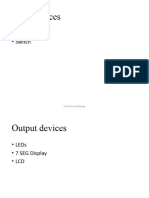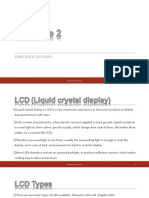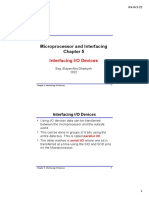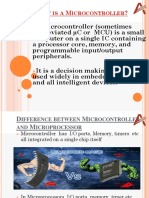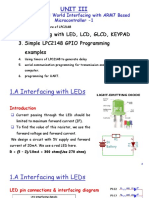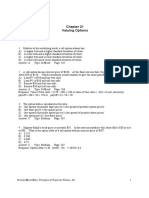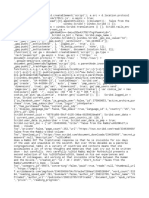100% found this document useful (1 vote)
7 views35 pages04 Input and Output Device Interfacing
Keypads and leds plus lcds
Uploaded by
remoteplayjonesCopyright
© © All Rights Reserved
We take content rights seriously. If you suspect this is your content, claim it here.
Available Formats
Download as PPT, PDF, TXT or read online on Scribd
100% found this document useful (1 vote)
7 views35 pages04 Input and Output Device Interfacing
Keypads and leds plus lcds
Uploaded by
remoteplayjonesCopyright
© © All Rights Reserved
We take content rights seriously. If you suspect this is your content, claim it here.
Available Formats
Download as PPT, PDF, TXT or read online on Scribd
/ 35
